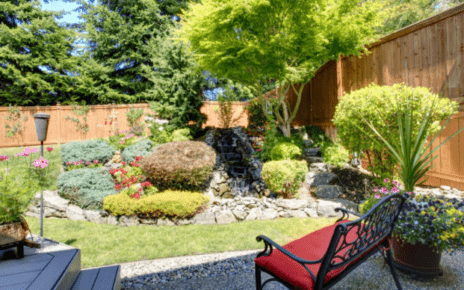Planting bulbs is easy and fun, no expertise needed.
- Plant the pointy end up. That’s about all you need to know. It’s easy to spot the pointy end of a tulip; tougher with a crocus. But in most cases, even if you don’t get it right, the flower bulb will still find its way topside.
- Plant big bulbs about 8″ deep and small bulbs about 5″ deep.
- No fertilizer is necessary for the first year’s bloom. Bulbs are natural storehouses of food. They don’t need anything to flower the first year. For bulbs that are intended to naturalize or perennialize (return for several years) or for bulbs that are coming into their second year, spread an organic fertilizer such as compost or well-rotted cow manure, or a slow release bulb food on top of the soil.
- If you do fertilize, never mix fertilizer in the planting hole. It can burn the roots. Also don’t follow the old adage of adding bone meal. Modern bone meal adds little nutritional value. It can also encourage pests and even dogs to dig up your bulbs looking for bones!
Design Ideas
- Plant bulbs in clusters. Don’t plant one bulb alone, or make a long thin line along the walk. Clusters give a concentration of color for greatest impact. Even if you don’t have enough bulbs for a big bed, small clusters can make a super spring show.
- Plant low bulbs in front of high. This is a good general rule for bulbs that bloom at the same time. Our website will give you the height of the plant and it’s approximate flowering time. Of course there are times to break this rule. For example if the low growing bulbs bloom early and the tall bulbs bloom late, plant the tall in front. Their display will camouflage the dying foliage of the smaller bulbs!
- Try a double-decker effect. You can plant small bulbs in a layer right on top of large bulbs. If you plant bulbs that flower in the same period you can create an interesting double-decker effect (picture bright pink tulips blooming above cobalt blue Grape Hyacinths). Or you can stagger the bloom time by planting mid- and late-season bloomers together, creating a spring display that blooms in succession, for a whole season of color!
In the end, what you do with fall bulbs is limited only by your imagination. A few hours one brisk autumn afternoon can yield months of colorful excitement in your yard or garden next spring.
http://www.americanmeadows.com/how-to-plant-flower-bulbs





